Art that relies on scale – large or small – often defies photography. This is not to disparage the craft of photographing art, but to experience art in many cases requires the viewer to be present with it. The encounter between viewer and art object has always been the fundamental premise of sculpture.
One of the main problems for sculpture is photography. To reproduce a painting, we generally treat the painting like the photo itself: no borders, no shadows, no clue to its size, scale or status as an object. Paintings get cropped in tight and reduced to graphics. While the work of N.C. Wyeth was made specifically for that process, that’s the exception rather than the rule. And it’s worse for sculpture since we lose its most critical context – the physical juxtaposition with the viewer’s body.
I was neither impressed nor lured by the photos of Massachusetts artist George Sherwood’s 12 stainless steel works now on view at the Coastal Maine Botanical Gardens in Boothbay. While the photos I saw were good, they don’t begin to convey the most important qualities of Sherwood’s work. It is not that the work moves with the wind, but how it moves with the wind that matters most.
A photograph of “Memory of Fibonacci” accompanied the information about the show. It is a flat 5-foot round armature filled with about 200 smaller, stainless steel disks mounted within it. While the title conjures the spiral patterns of the smaller disks, what you experience in person is something very different. As breezes gust and fade, the smaller disks shimmer and rustle pleasantly.
The effect is like watching a field of tall grass as breezes skim over it, but with the glimmering effervescence of fish scales or that rare and impressive view of a giant flock of starlings guttering like wisps of glimmering smoke in a sunny sky. It also conjures the spatial sense of a tree whose leaves flutter in a gust: You can actually hear its precise location and scale.
Sherwood’s works are indeed experientially rich. But are they good sculpture?
The first few pieces I saw didn’t necessary make the case. The first, “Puff,” is a set of three disks raised high by their stainless tri-armed base (set on a slender granite pillar) to lift our eyes towards a backdrop of tall pines. Like all of the other work, the craftsmanship is clear, simple and excellent. But the forms themselves had little sculptural aspiration. The effect was to point the work more in the direction of installation rather than sculpture, which turns out to have been a savvy move. Then the more sculpturally successful works of art appeared with what feels like additional qualities.
“Wind Orchid” is Sherwood’s most graceful piece. It features four floral arms with flat, drop-shaped stainless-steel tips that shift smoothly in the breeze. The controlled difference in speed of motion is impressive between the fluttering of small disks in works like “Fibonacci” and the longer gestures of pieces like “Orchid” and “Turns” – a wittily-titled pair of bird-like forms featuring long, pointing triangles over broad, low, skirt-like cones installed in the middle of the Slater Forest Pond. The appropriately varied speeds reveal Sherwood relies on sensibilities rather than a recipe.
The most impressive and successful piece is “Memory of Water.” Set on the edge of the Great Lawn, it is a large sphere made of hundreds of short stainless cylinders of various widths welded side-by-side. A large wire-gridded disk acts as a window and gives the sphere a living, egg-like quality. Viewers can see a set of three mirrored disks gyrate with the breeze within the sphere. The source of lively motion within the shell is surprising and helps to activate the work’s sculptural and optical qualities.
“Memory” is also the only work set on a neutral stage — a flat, grassy lawn — so it opens more doors to our sculptural expectations. The other works are all framed by their armatures and set within the exquisite gardens (which will blow you away if you haven’t visited the Maine Botanical Gardens during the last three or four years). Sherwood’s work comes across as compatible, calm and self-contained, rather than the decoratively loud and theatrically garish spinning objects by Lyman Whitaker strewn about Southern Maine.
Sherwood’s toughest challenge comes with works, like “Flock of Birds,” that only achieve sculptural depth as they flicker to life and back to rest with intermittent gusts. The curved individual forms are tough to parse when still. (And they can only be surveyed as individual forms when the piece is still.) While they rely on a certain faith in nature, Sherwood’s work moves so easily that I have yet to see it on a day when its dynamism is denied.
In fairness, making art that relies on the intermittent gusting of wind is a tricky business. Sustained winds, after all, don’t proffer a properly pulsing push, and the works have to be strong enough to stand as sculptural objects on their own when they aren’t moving. This is where photography offers a valid perspective: If a wind-moved kinetic work doesn’t compel in a photograph, then there will be times when the work won’t impress. But to really see such work requires time and the shifts of nature. Keeping that in mind, there are few more beautiful places in the state than the Coastal Maine Botanical Gardens: It is an extraordinary setting for sculpture.
Freelance writer Daniel Kany is an art historian who lives in Cumberland. He can be contacted at:
dankany@gmail.com
Send questions/comments to the editors.

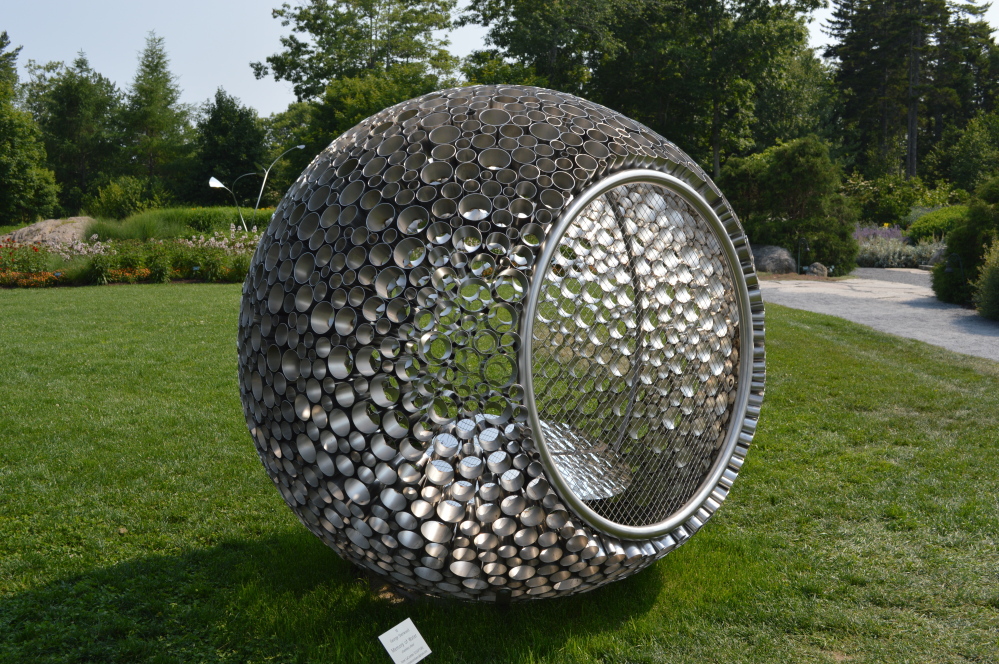
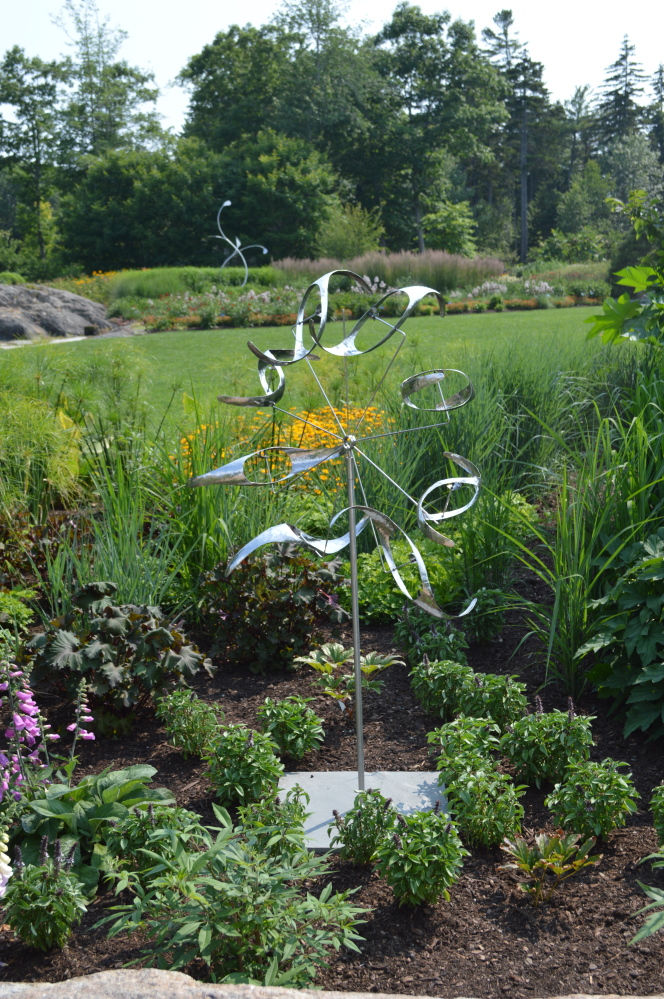
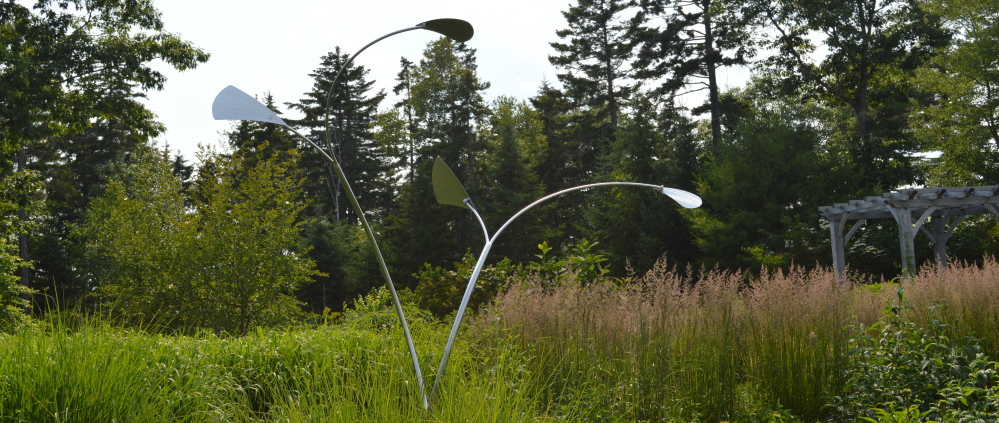
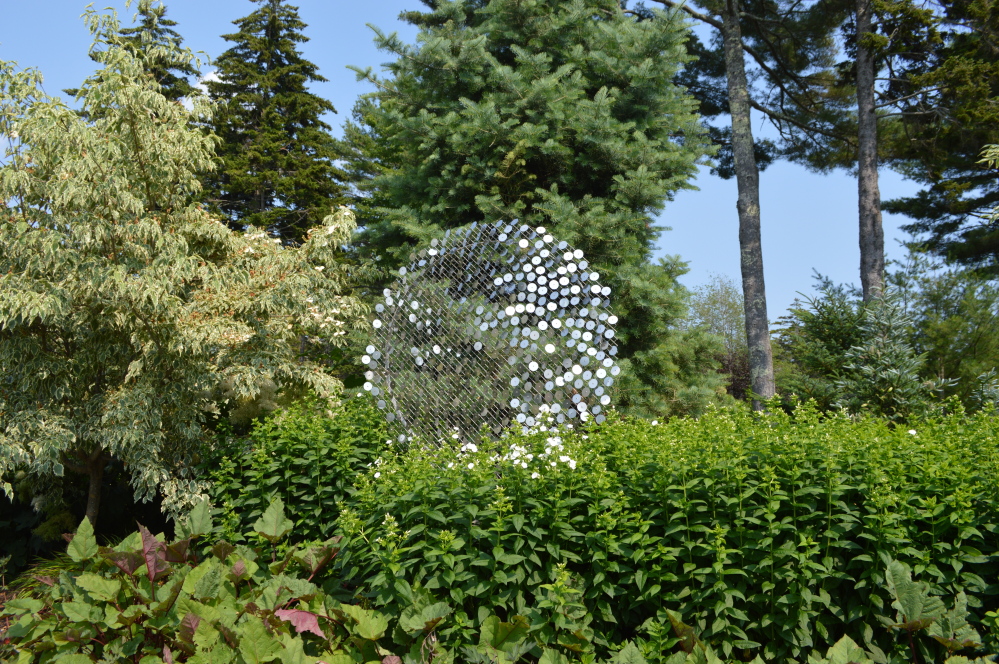
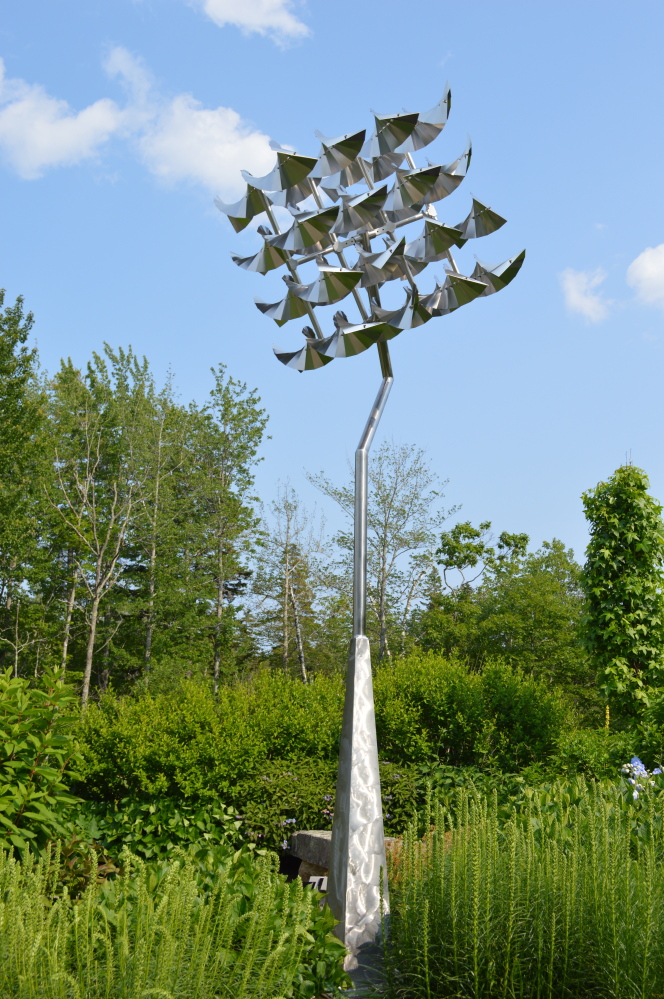
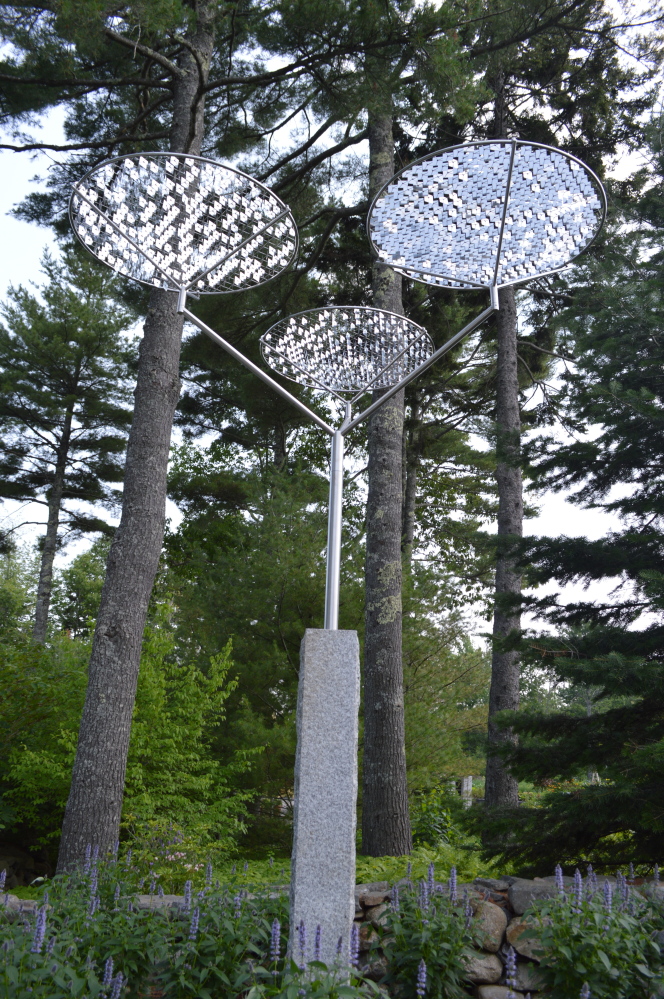
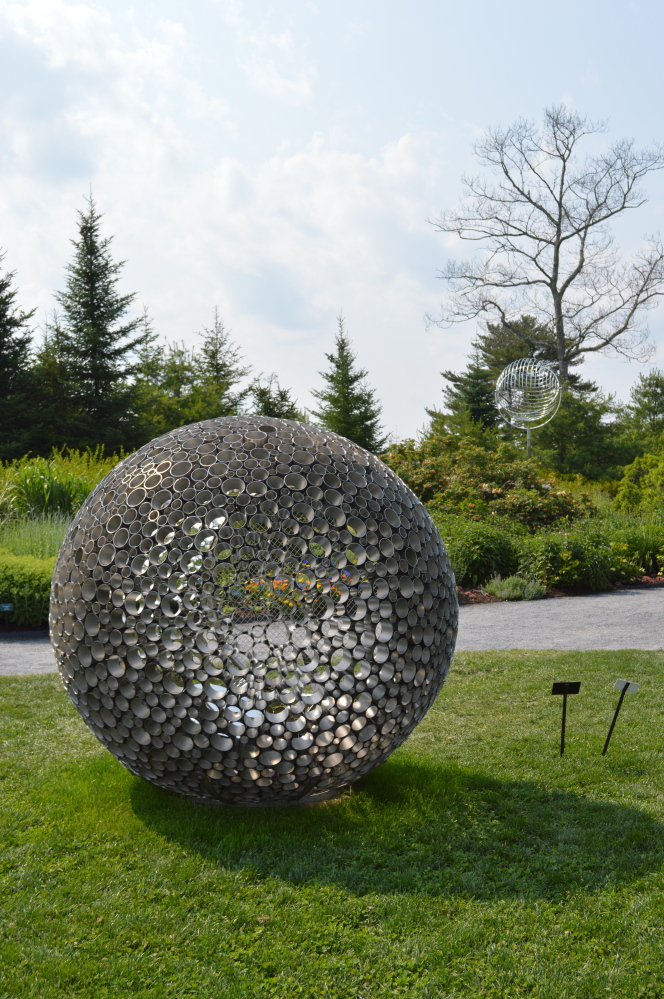

Comments are no longer available on this story